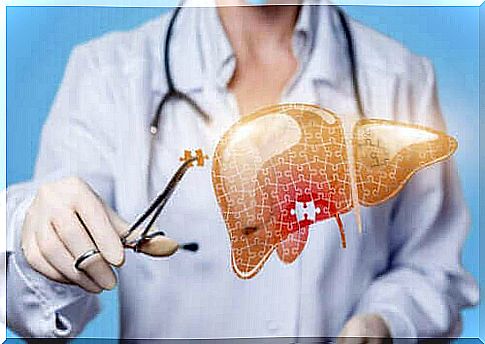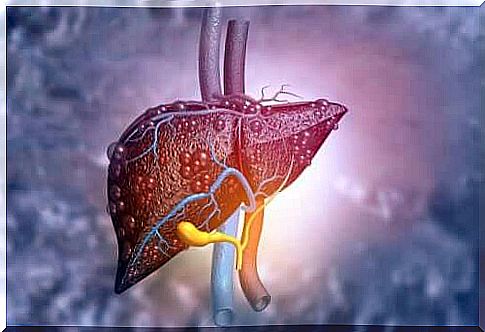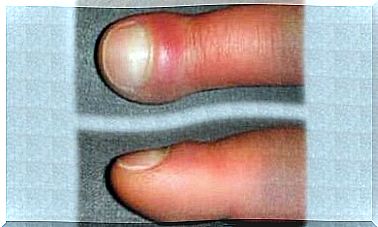Learn More About Liver Disease

All liver diseases require a visit to the doctor as it is a vital organ. The liver plays an important role in digestion, energy storage and the release of toxins. Thus, many liver diseases can even lead to death.
Liver diseases are caused by several factors. Sometimes they are caused by a virus, sometimes they are caused by the ingestion of a toxic substance. They are rarely due to hereditary causes. Symptoms of liver disease can vary greatly depending on the condition of patients with liver disease. In some cases, however, they do not cause any symptoms and are only detected by laboratory tests.
In this article, we will tell you more about the most common liver diseases.
Non-Alcoholic Fatty Liver (NAFLD) and Non-Alcoholic Fatty Liver Inflammation (NASH)

Non-alcoholic fatty liver (NAFLD) is characterized by accumulation of hepatic lipids. If the disease is also associated with inflammation and liver cell damage, it is called “non-alcoholic fatty liver infection” (NASH). Obese people with type 2 diabetes and metabolic syndrome are more likely to suffer from these liver diseases.
These diseases do not usually appear without symptoms.
Cirrhosis of the liver: one of the most serious liver diseases
Cirrhosis is one of the most serious liver diseases. This disease causes scar tissue to replace healthy tissue. The liver is thus scarred and permanently damaged, meaning that it cannot function properly.
There is no special treatment for cirrhosis. However, there are treatments for the causes. The most common causes of liver cirrhosis are:
- Alcoholism
- Non-Alcoholic Liver Disease (NAFLD)
- Chronic hepatitis C.
- Chronic hepatitis B.
Autoimmune hepatitis
Autoimmune hepatitis is a chronic disease that occurs because the immune system attacks the liver. It causes inflammation and damage to the liver. If a person suffering from this disease does not receive the right kind of treatment, the disease can progress and cause cirrhosis of the liver.
Autoimmune hepatitis is one of those liver diseases that does not always cause any symptoms at first, although the symptoms appear over time. Doctors diagnose the disease based on the patient’s medical history. They also need to do certain tests.
Hepatitis A, B and C.

Viruses can cause such diseases. Hepatitis A causes inflammation. This results in the liver not working properly. It is spread through feces from a previously infected person.
Hepatitis B has similar properties. In this case, however, it is spread through any body fluid from a previously infected person. The disease has an acute and chronic form. The latter can turn into liver cancer or cause liver failure without treatment.
Hepatitis C works in a similar formula to the two hepatitis diseases mentioned above. However, it is spread through the blood from a previously infected person. Early symptoms can occur up to 10 years after infection. Just like hepatitis B, this disease has an acute and chronic form.
Hepatitis D and E.
Hepatitis D is very rare and only affects patients with hepatitis B. When a person has a disease caused by both hepatitis B and D, then we are talking about a co-infection. If a person has chronic hepatitis B and then becomes infected with hepatitis D, then we are talking about superinfection.
Hepatitis E is spread through contaminated water by drinking the feces of an infected person. It can also be caused by eating poorly cooked pork or game. It usually goes away in a few weeks without treatment. This disease has a 20% mortality rate in pregnant women, but the reason for this is unknown.
Other liver diseases
Excess iron is not actually a disease of the liver, but it has a significant effect on this organ. This condition is characterized by the accumulation of excess iron in the body. It can cause liver fibrosis and 60% of patients develop cirrhosis of the liver. 5% of cases lead to the development of malignancies.
Wilson’s disease, on the other hand, is a rare inherited disease that prevents the body from naturally getting rid of unnecessary copper. If copper accumulates in the liver, it can lead to cirrhosis.
Hepatitis B and C, cirrhosis, iron overload, alcohol abuse, obesity, and diabetes are all risk factors that can lead to liver cancer. However, several treatments are currently available to combat it. In conclusion, therefore, the symptoms should not be underestimated and a doctor should be consulted as soon as the symptoms appear in order to prevent complications.









